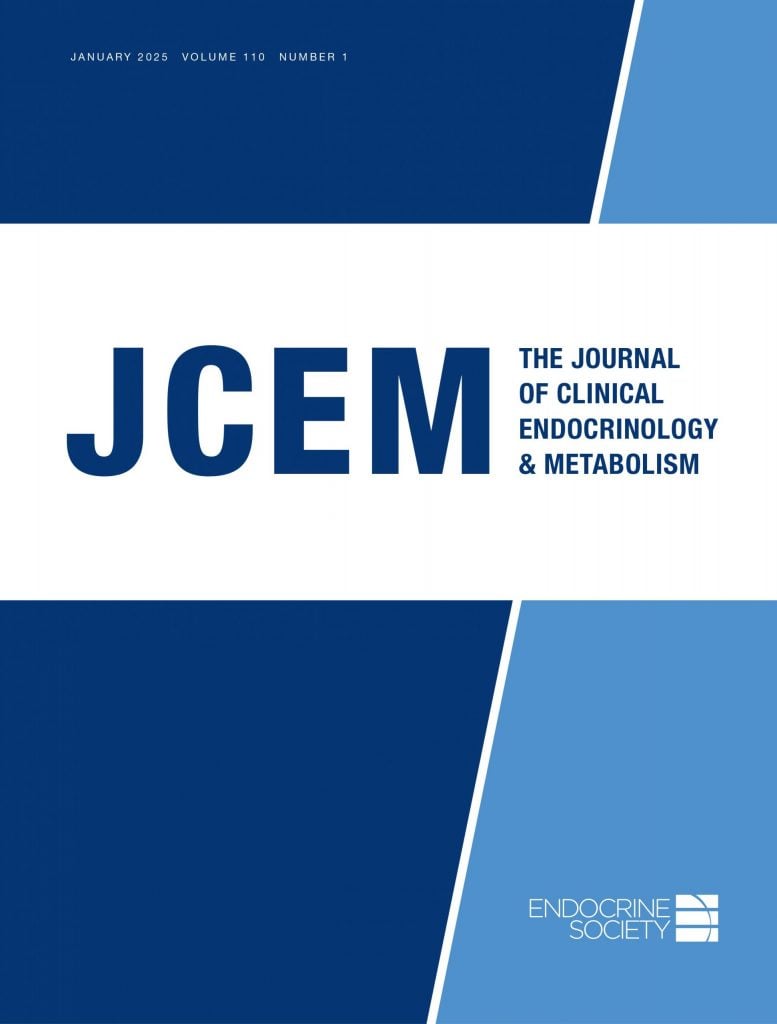
What goes on in the womb does not stay in the womb as prenatal hormone exposure plays a critical role in shaping childhood growth and body composition. A recent study published in The Journal of Clinical Endocrinology & Metabolism suggests that prenatal testosterone exposure is linked to sex-specific body composition changes, with boys exposed to higher testosterone levels in the womb showed increased fat mass at age seven while girls appeared unaffected.
During pregnancy, maternal testosterone levels naturally rise in the third trimester. Women with polycystic ovary syndrome (PCOS), a common hormonal disorder of excess androgens, tend to have even higher levels of free testosterone (FT), potentially exposing their developing babies to more androgen in the womb. Prior studies have suggested that prenatal androgen exposure can influence growth patterns, particularly in early school age boys, leading to accelerated catch-up growth up to seven years of age.
To further investigate this link, researchers analyzed data from 897 mother–child pairs, including 458 boys. They measured maternal testosterone at 28 weeks of pregnancy using mass spectrometry and later assessed body composition in the children at age seven using Dual X-ray Absorptiometry (DXA). This advanced imaging technique provided detailed measurements of fat mass and lean body mass. The team also took other anthropometric measurements, such as body weight, body mass index (BMI), and abdominal circumference.
The findings published in “Prenatal Testosterone Exposure Is Linked to Sexually Dimorphic Changes in Body Composition in 7-Year-Old Children,” revealed that boys exposed to higher maternal testosterone levels in the womb had increased body fat by age seven. Specifically, a doubling of maternal FT was associated with a 4.2% increase in fat mass index (FMI), along with small but significant increases in BMI. These results suggest that prenatal testosterone may contribute to greater fat accumulation in boys, potentially influencing their long-term metabolic health. However, in girls, no significant relationship was found between maternal testosterone levels and body composition, indicating that boys may be more susceptible to the effects of prenatal androgens on fat accumulation.
These findings provide further evidence that prenatal hormone exposure plays a critical role in shaping childhood growth and body composition. While the long-term health implications remain unclear, increased fat mass in childhood is a known risk factor for obesity and metabolic disorders later in life.
“In utero, boys grow faster than girls, which is complemented by increased metabolic activity,” the authors write. “Boys’ inability to adapt to a compromised uterine environment may increase their susceptibility to testosterone exposure.” Further studies are needed to determine the underlying mechanisms for this sex-based difference as well as long-term implications of these findings.
These findings provide further evidence that prenatal hormone exposure plays a critical role in shaping childhood growth and body composition. While the long-term health implications remain unclear, increased fat mass in childhood is a known risk factor for obesity and metabolic disorders later in life.
The study’s lead researchers suggest that future research should explore whether these early differences persist into adolescence and adulthood, and whether they contribute to conditions such as obesity, insulin resistance, or cardiovascular disease.
Given that PCOS affects up to 10% of women of reproductive age and is associated with higher testosterone levels, these findings may also have implications for prenatal care. Identifying children at risk of altered body composition due to prenatal hormone exposure could help guide early interventions aimed at promoting healthy growth and development.

